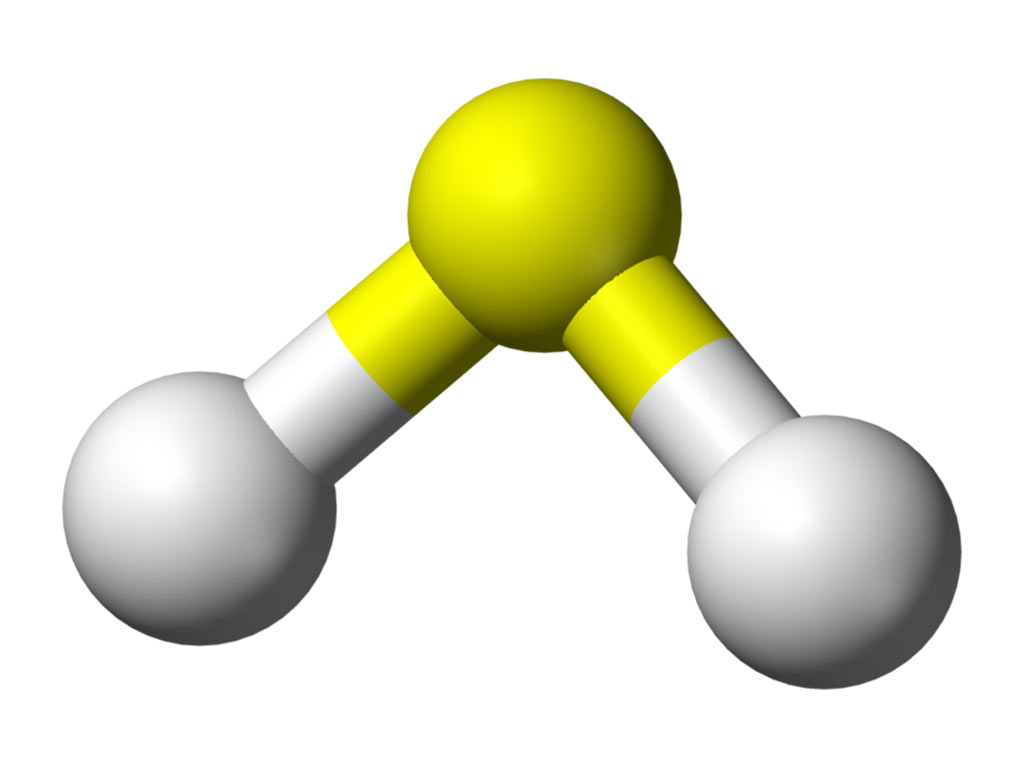
More Articles

Name:
Hydrogen Sulfide
Abbreviation:
H2S
General Description:
It is a colorless gas with a very foul odor. It is toxic to humans. It can be deadly at sufficient quantities. H2S is soluble in water and alcohol.
Odor
H2S has a very unpleasant odor of rotten eggs.
Compared to Air:
H2S is slightly heavier than air. It can collect in low lying areas and enclosed spaces. Manholes, underground vaults, sewers, and other such spaces can be very dangerous due to this feature.
Combustible:
H2S is highly flammable and explosive. When H2S burns it produces other toxic gases. The explosive range is much higher than exposure limits.
Exposure Limits:
The National Institute of Safety and Health (NIOSH) publishes a Recommended Exposure Limit (REL) of 10 parts per million (ppm) over a 10 minute period. OSHA put it at 50 ppm over 10 minutes. The 8 hour limit for construction is 10 ppm with a ceiling of 20 ppm.
Steve's IAQ Recommendations:
In an office or similar work environment, experiencing sewer odors can be quite unpleasant. The odor threshold is quite low, so unless you are in a deep basement or sub-basement, exposure to H2S is not likely to be a serious health issue. It is often a fleeting situation and passes quickly. Certainly, if it lingers or appears often or regularly, actions should be taken to find the source and eliminate it.

Examples:
It is the trap in a drain that is filled with water by regular use that prevents sewer gas from backing up into occupied spaces. If the trap dries out, you are likely to get an odor. Sewer vent pipes on the roof might be too close to an outside air intake allowing sewer gas to be distributed by the air handler. I have found uncapped sewer vent pipes inside walls and above ceilings. H2S can also come from a damaged or broken battery. I once chased a sewer-type odor throughout a house, crawled through the attic and was baffled until I discovered the damaged battery that powered the security system.
Physical Effects (High Concentrations):
(Progressively) The Odor is noticeable at around 0.1 ppm; nausea, eyes tearing, headaches (2-5 ppm); dizziness, fatigue, loss of appetite (20 ppm); eye irritation, coughing, loss of smell, throat irritation, death in about 48 hours (100 ppm). Higher amounts move more rapidly toward death.
Physical Effects (Lower Levels):
After a high exposure, an individual can continue to have headaches, poor memory, and motor function after being removed from exposure and regaining consciousness.
How Produced:
H2S is a by-product of a number of industries including petroleum refining, manufacturing of textiles and paper products. It is found naturally in sewers, other areas of waste, volcanoes and oil wells, etc.






